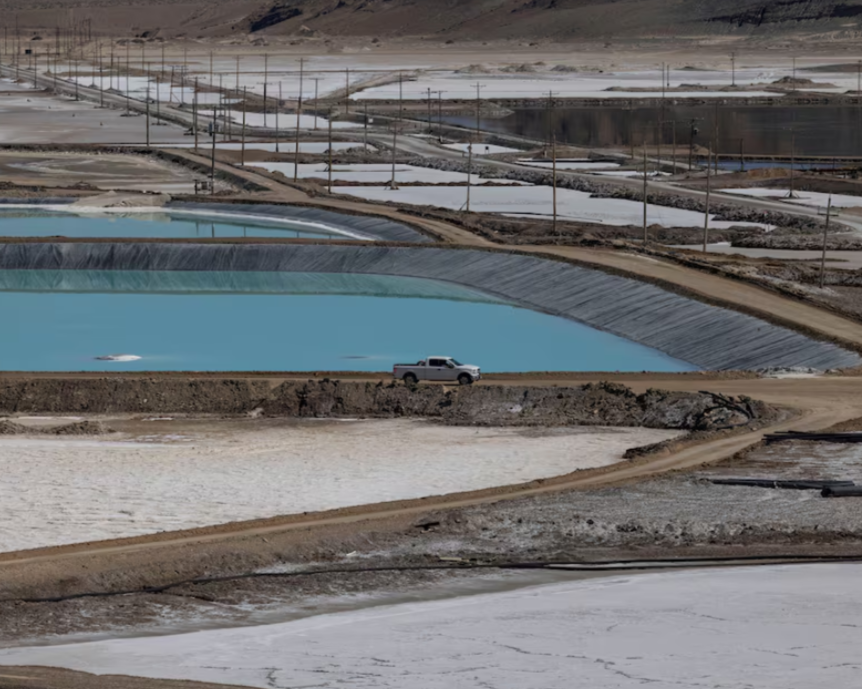Albemarle Corporation, the global leader in lithium production, is taking bold steps to enhance transparency and understanding in the lithium market by planning to conduct more auctions for the critical metal used in electric vehicle batteries. This initiative, as explained by Eric Norris, head of Albemarle’s energy storage business, aims to build trust within the industry and provide clearer pricing information.
The lithium market has long been characterised by opacity and confusion regarding pricing mechanisms. This lack of clarity has been particularly problematic for establishing reliable supply contracts with automakers, who are increasingly dependent on consistent lithium supplies for their electric vehicle production. Albemarle’s move represents one of the most significant efforts by an industry leader to address these longstanding issues.
The need for a more transparent pricing system has become especially urgent in recent times. The lithium market has experienced significant volatility, with Chinese futures pricing – often considered a market benchmark – proving unreliable and causing uncertainty among Western lithium producers. This was starkly illustrated when Chinese prices plummeted last year, negatively impacting the stock values of Albemarle and its Western counterparts.
Current efforts to establish more reliable pricing mechanisms have faced challenges. The London Metal Exchange has yet to launch its long-anticipated lithium futures contract, while the CME Group’s lithium contract sees significantly lower trading volumes compared to other critical minerals like copper.
In response to these market dynamics, Albemarle initiated auctions for some of its Australian lithium supplies in March. Building on this experience, the company now intends to expand this practice globally. Norris indicated that Albemarle plans to conduct more auctions across different regions and for various types and grades of lithium.
To further promote transparency, Albemarle intends to share its auction data with pricing agencies such as Fastmarkets. This information will be used to formulate publicly available prices, which is particularly significant given that many of Albemarle’s long-term contracts are linked to such data. Norris believes that this data sharing will also encourage the use of hedging and other financial instruments to mitigate risk in the lithium market.
The company’s strategy extends beyond pricing initiatives. In Chile’s Salar de Atacama, where Albemarle currently produces lithium using evaporation ponds, the company has outlined an ambitious growth plan. This strategy involves the implementation of direct lithium extraction technology.
However, Norris clarified that Albemarle does not intend to bid for development rights in Chile’s other lithium-rich salt flats, a path some competitors are pursuing. The company’s focus remains on maximising the potential of its existing operations in the Atacama region.
Addressing the recent downturn in lithium prices, Norris suggested that the current market conditions might be conducive to industry consolidation. He emphasised the need for larger players with substantial financial resources to support the industry’s future growth.
However, Albemarle’s immediate priority lies in developing its existing projects through internal organic investments, rather than pursuing acquisitions.
This comprehensive approach by Albemarle – encompassing pricing transparency initiatives, technological advancements, and strategic focus on existing assets – reflects the company’s commitment to fostering a more stable and understandable lithium market. As the electric vehicle industry continues to grow and demand for lithium increases, these efforts could play a crucial role in shaping the future of the global lithium supply chain.



